Species Photo Gallery for Erasmoneura vulnerata Wounded Leafhopper 46 |
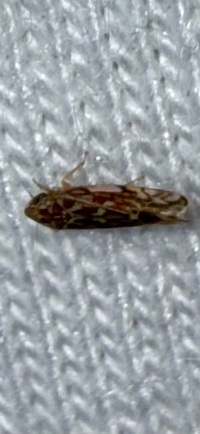 | Photo by: Nora Murdock
Henderson Co.
Comment: | 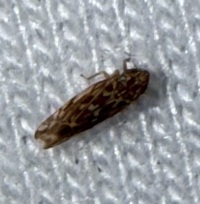 | Photo by: Nora Murdock
Henderson Co.
Comment: |
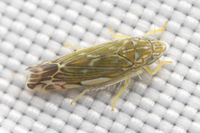 | Photo by: Solomon Hendrix
Wake Co.
Comment: attracted to UV light | 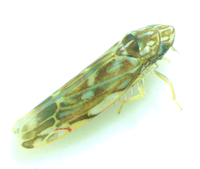 | Photo by: Ken Kneidel
Mecklenburg Co.
Comment: 2.7 mm, found indoors |
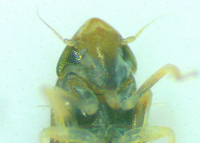 | Photo by: Ken Kneidel
Mecklenburg Co.
Comment: 2.7 mm, found indoors |  | Photo by: Ken Kneidel
Mecklenburg Co.
Comment: 2.7 mm, found indoors |
 | Photo by: Ken Kneidel
Mecklenburg Co.
Comment: 2.7 mm, found indoors |  | Photo by: Rob Van Epps
Mecklenburg Co.
Comment: Attracted to UV light. Suburban yard near woods. |
 | Photo by: Rob Van Epps
Mecklenburg Co.
Comment: Attracted to UV light. Suburban yard near woods. | 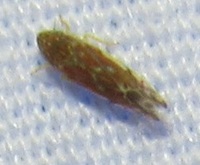 | Photo by: B. Bockhahn
Wilson Co.
Comment: |
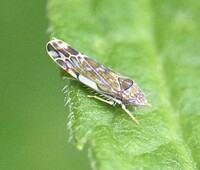 | Photo by: Ted Wilcox
Watauga Co.
Comment: unid_leafhopper | 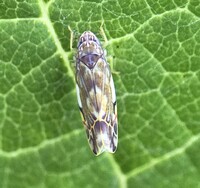 | Photo by: Ted Wilcox
Watauga Co.
Comment: unid_leafhopper |
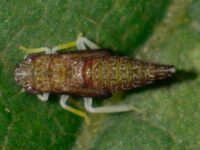 | Photo by: Scott Bolick
Forsyth Co.
Comment: | 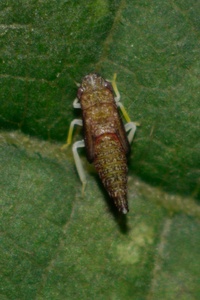 | Photo by: Scott Bolick
Forsyth Co.
Comment: |
 | Photo by: Jim Petranka
Madison Co.
Comment: |  | Photo by: John Petranka
Orange Co.
Comment: Attracted to 15W UV lamp |
 | Photo by: Lior Carlson
Orange Co.
Comment: |  | Photo by: Ken Kneidel
Mecklenburg Co.
Comment: 2.6 mm, came to UV light and sheet at night |
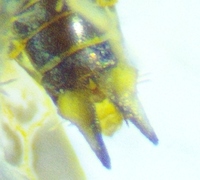 | Photo by: Ken Kneidel
Mecklenburg Co.
Comment: 2.6 mm, came to UV light and sheet at night | 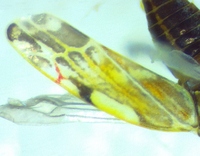 | Photo by: Ken Kneidel
Mecklenburg Co.
Comment: 2.6 mm, came to UV light and sheet at night |
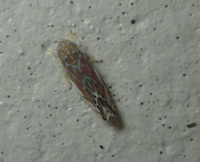 | Photo by: Erich Hofmann
New Hanover Co.
Comment: red form |  | Photo by: Erich Hofmann
Craven Co.
Comment: https://www.inaturalist.org/observations/53386723 |
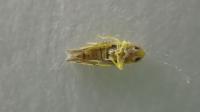 | Photo by: Erich Hofmann
Craven Co.
Comment: https://www.inaturalist.org/observations/53386723 | 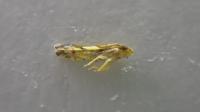 | Photo by: Erich Hofmann
Craven Co.
Comment: https://www.inaturalist.org/observations/53386723 |
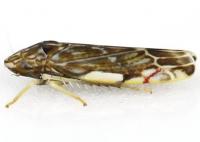 | Photo by: Rob Van Epps
Mecklenburg Co.
Comment: Attracted to UV light. Yard near woods. | 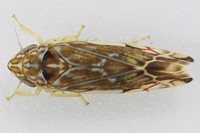 | Photo by: Rob Van Epps
Mecklenburg Co.
Comment: Attracted to UV light. Yard near woods. |
 | Photo by: Randy Emmitt
Orange Co.
Comment: uv lights | 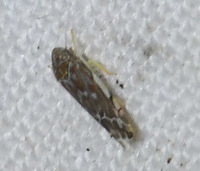 | Photo by: Randy Emmitt
Orange Co.
Comment: uv lights |
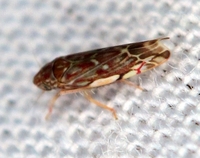 | Photo by: T. DeSantis
Durham Co.
Comment: ENRI |  | Photo by: R Emmitt
Orange Co.
Comment: |
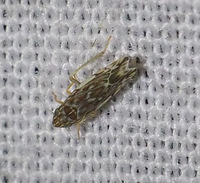 | Photo by: R Emmitt
Orange Co.
Comment: unid_leafhopper | 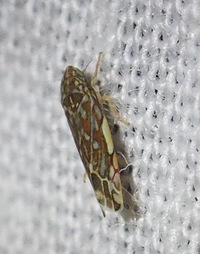 | Photo by: R Emmitt
Orange Co.
Comment: unid_leafhopper |
 | Photo by: Rob Van Epps
Mecklenburg Co.
Comment: Attracted to ultraviolet light. | 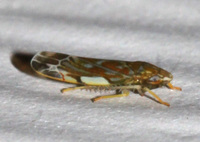 | Photo by: Harry Wilson
Wake Co.
Comment: |
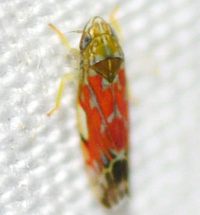 | Photo by: Kyle Kittelberger
Wake Co.
Comment: mixed hardwood forest habitat |  | Photo by: Kyle Kittelberger
Wake Co.
Comment: mixed hardwood forest habitat |
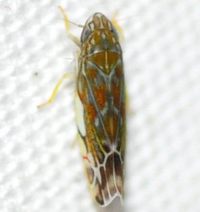 | Photo by: Kyle Kittelberger
Wake Co.
Comment: mixed hardwood forest habitat | 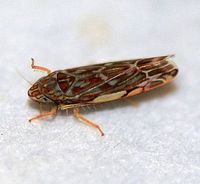 | Photo by: Paul Scharf
Warren Co.
Comment: Attracted to Light |
 | Photo by: Kyle Kittelberger
Wake Co.
Comment: mixed hardwood forest habitat. One red individual | 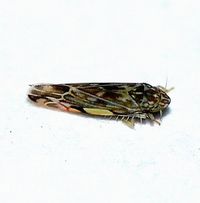 | Photo by: Paul Scharf
Warren Co.
Comment: Attracted to Black Light |
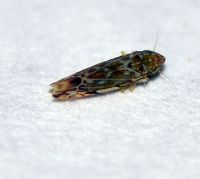 | Photo by: Paul Scharf
Warren Co.
Comment: Attracted to Black Light | 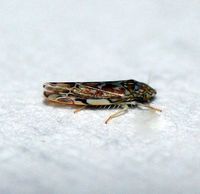 | Photo by: Paul Scharf
Warren Co.
Comment: Attracted to Black Light |
 | Photo by: Paul Scharf
Warren Co.
Comment: Attracted to Black Light |  | Photo by: Paul Scharf
Warren Co.
Comment: Attracted to Black Light |
 | Photo by: Paul Scharf
Warren Co.
Comment: Attracted to Black Light | 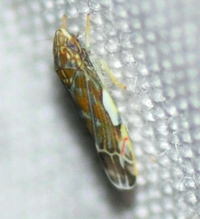 | Photo by: Kyle Kittelberger
Wake Co.
Comment: mixed hardwood forest habitat |
|

 »
»

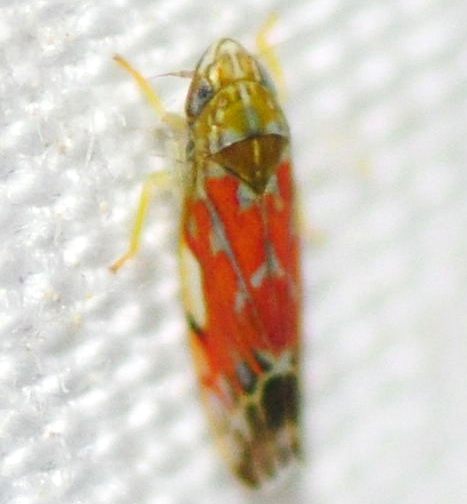
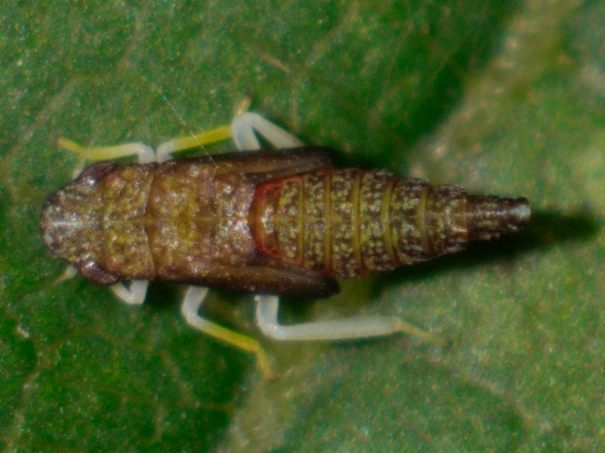

 »
»


